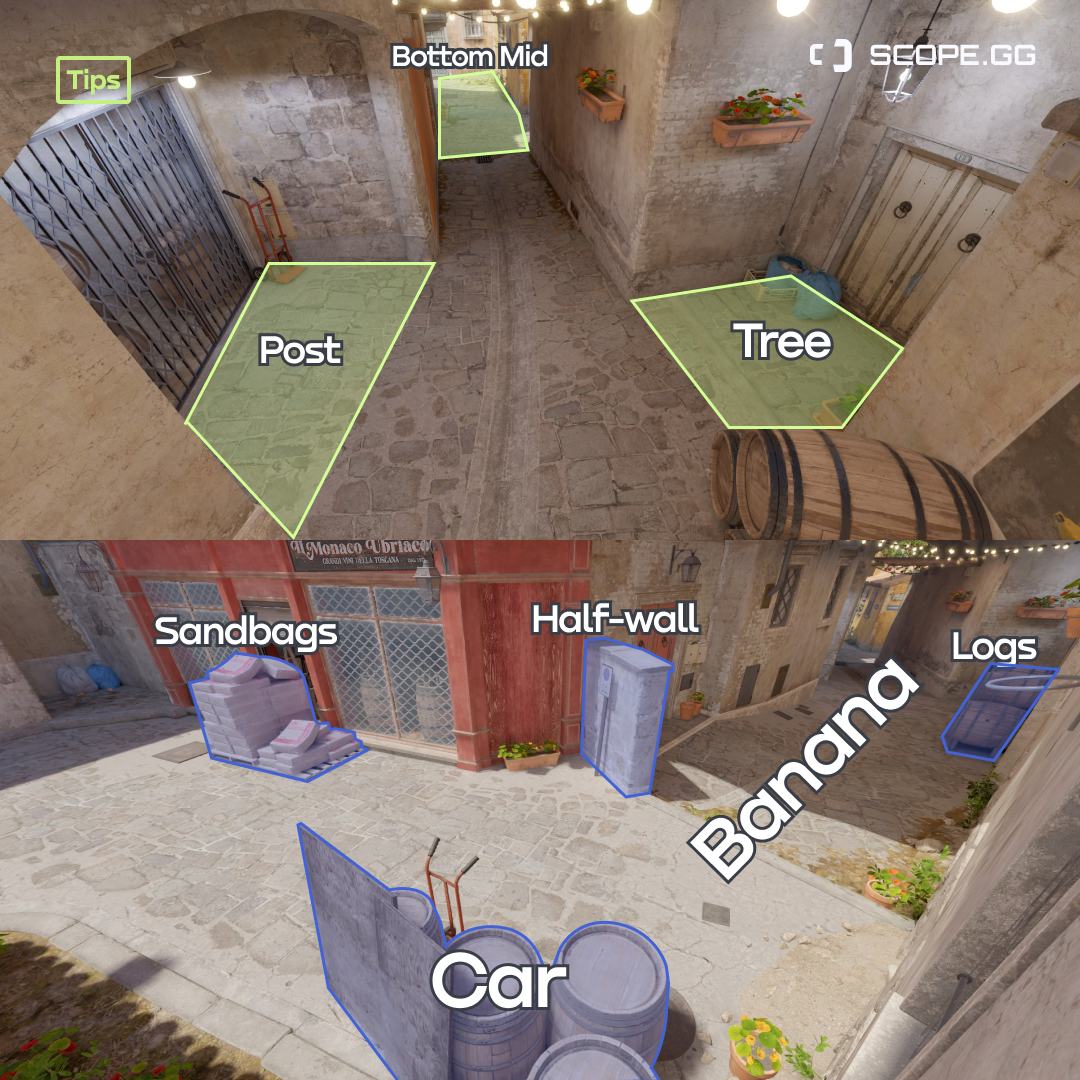79tka Insights
Your go-to source for the latest news and information.
Callouts Unleashed: Your Secret Weapon in CSGO Battles
Master CSGO battles with powerful callouts! Unleash strategies that will dominate your competition and elevate your gameplay.
Mastering Callouts: Essential Strategies for CSGO Success
Mastering callouts in CS:GO is crucial for any player looking to elevate their game. Effective communication with your teammates can be the difference between winning and losing a round. Familiarizing yourself with the map and its callouts is essential; you should always know where you are and how to relay that information quickly. Start by memorizing key locations and their corresponding names, such as 'A Site', 'B Site', and common spots like 'Ramp' or 'Long'. Consider creating a callout guide for yourself, or using online resources to reinforce your memory. Regular practice and reviewing gameplay can help internalize these callouts, enhancing your team's overall coordination.
In addition to memorization, effective callouts require clarity and conciseness. Use a structured method when communicating; for example, adapting to a format like 'Location: Movement Direction' can help your teammates quickly grasp the situation. For instance, stating 'Enemy mid, moving towards A' gives clear information about both the enemy's position and their intended direction. Avoid using ambiguous terms or jargon that can confuse others. The more precise and consistent your callouts are, the better your team will respond during high-stakes moments, ultimately leading to greater success in CS:GO.

Counter-Strike is a popular multiplayer first-person shooter game where players compete in teams to complete objectives or eliminate the opposing team. Players can enhance their experience by opening cases, such as those found on tradeit.gg cases, which offer a chance to acquire unique skins and items.
Common Mistakes in Callouts: How to Improve Your Communication
In the fast-paced world of communication, making effective callouts is crucial for delivering messages clearly and effectively. One common mistake is being overly vague. When a callout lacks specificity, it can lead to misunderstandings and confusion. Instead, strive to be clear and concise in your messaging. Utilize bullet points or numbered lists to highlight your key points. For example, instead of saying, ‘We need to improve sales,’ consider being more specific: ‘To improve sales by 20% this quarter, we need to increase our marketing efforts and engage with potential clients more effectively.’
Another frequent error is the failure to tailor your callouts to your audience. Understanding your audience's needs and expectations is vital for effective communication. If you use jargon or complex language that is not familiar to your audience, your message may become lost. To enhance your callouts, take the time to research who you are communicating with. Use simpler language, and include relatable examples or anecdotes. As a result, your audience will feel more connected to the message, leading to better engagement and outcomes.
Are You Using Callouts Effectively? Tips for Better Team Coordination
Effective team coordination hinges on the clear communication of ideas and tasks, and one powerful method to achieve this is through the use of callouts. A callout serves as a tool to highlight important information, making it more visible to your team members. When implemented correctly, it can enhance understanding and reduce the chances of miscommunication. To use callouts effectively, consider implementing them in your project management tools, email updates, or team meetings. For example, you can use bullet points or numbered lists to delineate tasks, deadlines, or key discussion points that require attention.
Additionally, regularly reviewing how your team utilizes callouts can lead to improved efficiency. Encourage team members to provide feedback on which callouts they find most helpful and identify any areas that might require adjustments. Establishing a consistent format for these callouts can also be beneficial; for instance, using color-coded tags or symbols can help differentiate between task types or urgency levels. In conclusion, mastering the art of callouts can significantly enhance team coordination, ensuring that everyone is on the same page and working towards common goals.